“It’s not about what happened in the past, or what you think might happen in the future. It’s about the ride, for Christ’s sake. There is no point in going through all this crap, if your are not going to enjoy the ride. And you know what… when you least expect something great might come along. Something better then you even planned for.”
– Irving Feffer, character in Along Came Polly
The first time I set foot in El Federal, San Martín 1015, Retiro, 4813-1324 I was pretty much a complete newbie here in Argentina. I’d barely settled in, my Spanish was rudimentary (I’d moved beyond being able to order combo numero uno at Taco Bell, but not much further yet – I note my little discourse in that review on things like tehuelches, quesillo and verdeos, and wonder why I didn’t do my research back then), and I knew little about the country, customs or food – an ongoing exploration. I can easily assert that it was my first ever Patagonian influenced restaurant, not just here but anywhere. And it was a newbie as well – as I noted at that time, it had just up and moved from trendy Palermo Soho to right off of Plaza San Martín in Microcentro and was finding its own footing. [Closed during the pandemic]
With a solid 5½ years under its cowhide belt, El Federal is going strong, and Paula Comparatore, likely the first Argentine chef who I actually got to spend any time talking to, has become at least a casual friend – we’ve run into each other at one event of another, she’s been here to dinner, and I’ve been back to the restaurant (always for lunch, I guess I never think about Retiro when thinking about dinner) a number of times. And, I’m happy to say, it’s just gotten better with age. There’s now a small outpost, I think primarily for takeout and delivery, in Puerto Madero, though the menu is quite different from the looks of it.
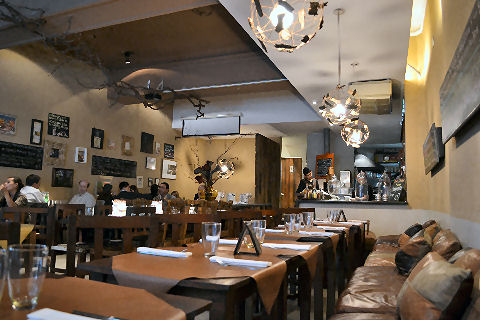
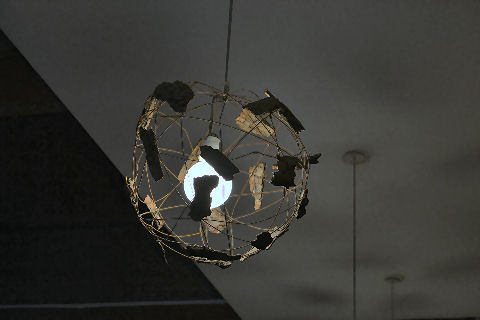
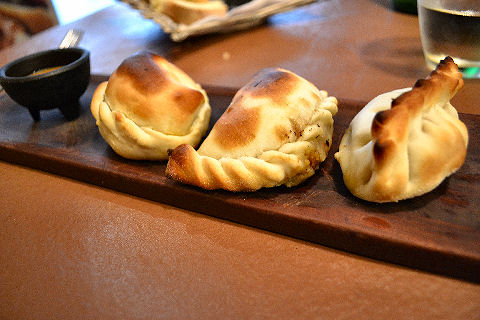
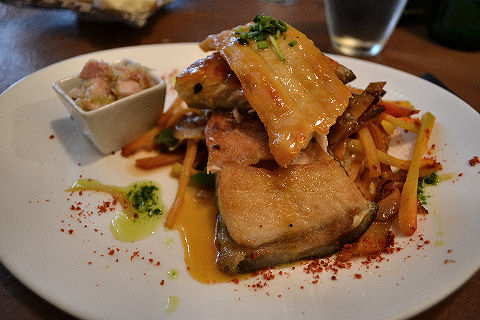
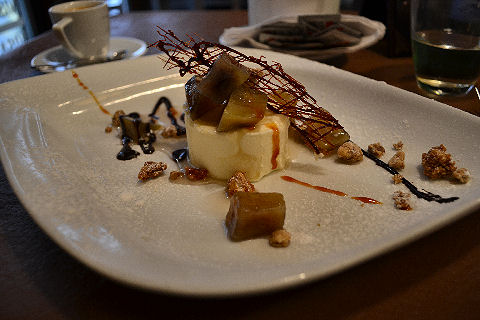
“Se trata de un postre “bien” argentino. De una simpleza casi espartana, consiste en superponer una tajada de queso Mar del Plata o queso fresco con otra de dulce de batata o membrillo. De acuerdo con el tipo de queso y de dulce preferido tiene otra denominación, bastante más vulgar, pero igualmente conocida: “fresco y batata”.
Se cuenta que nació en 1920, en una cantina de Palermo Viejo, barrio porteño que por entonces era zona de compadritos y malevos. La cantina estaba cerca de una comisaría y como era muy frecuentada por policías, el postre adquirió el nombre con que se conocía por entonces a los agentes de seguridad: “vigilantes”.
Rápidamente popularizado, el postre se difundió sobre todo entre los trabajadores, pero terminó siendo adoptado por todos los sectores, incluso por los intelectuales más conspicuos. Prueba de ello dio la escritora Estela Canto en su libro Borges a contraluz, cuando relató que el gran autor argentino, de gustos culinarios muy simples, solía pedir -aún cuando iba a un restaurant- un menú compuesto por bife, ensalada y el famoso “queso y dulce” como postre.
A rough translation: This is a very Argentine dessert. Its spartan simplicity consists of layering a slice of Mar del Plata or fresh cheese with another of sweet potato or quince paste. Depending on the type of cheese or paste it is also called, more colloquially but as well known, “cheese and sweet potato (paste)”.
The story is that it was created in 1920 in a cantina in Palermo Viejo, a typical barrio that at the time was filled with compadritos (okay, a tangent here, as there’s no direct translation, though the archaic English braggadocio or braggart probably comes close: “Compadritos were the guys who hung out on the streets of Buenos Aires around the turn of the century and who played a big part in popularizing tango. You may have seen them portrayed in old Argentine movies. They usually had a silk neck scarf and embroidered vests, and a “jopo”, which is a curl of hair that hangs over the forehead (something like the swirls of hair Elvis and James Dean used to have). A compadrito was reputed to have been a kind of macho, but amiable scoundrel, who descended from the gauchos. He carried a knife (originally used by gauchos for skinning cattle), he avoided work, and he lived for women and tango.”) and delinquents (probably the closest translation of malevos that makes sense) (for the era, perhaps “swells and street punks” would be a good translation). The cantina stood near to the police station and was frequented by the police, and the dessert picked up the name from them, the “watchers”.
Rapidly popularized throughout the country by the working class, it was quickly adopted by all sectors of the population, even the elite intellectuals. The proof of that is that in her book Borges a contraluz (“Borges illuminated”), Estela Canto relates that the great author, with his simple culinary tastes, would just order “beef, salad and the famous ‘cheese and sweet paste'” when he went to a restaurant.
So anyway, the history lesson aside, Paula has taken that simple dish and turned it into something quite different that pays homage to the original. There are cubes of sweet potato paste scattered around what is basically a semifreddo of fresh cheese, and then the addition of some chocolate, some garrapiñadas (caramelized nuts) – another great little local touch. A bit too much for me to finish, but delicious to try!
So El Federal remains, regularly, on my recommended list. It’s interesting, despite my not thinking about the neighborhood as a place to dine out in the evening, you have in a short strip El Federal, Filo, and Dadá all lined up pretty much in a row. Perhaps time to give Retiro more consideration for a night out. Pricing is about what is typical for the area these days – the trio of empanadas runs 21 pesos (more than the entire three course prix fixe five years ago!), the fish was 58 (there are plenty of less expensive dishes on the menu, but all 40 and up), the dessert 28, and there’s now a cubierto (I really do hate those table charges, just build it into your menu pricing, it comes across as an affront, and, it probably takes away from what many people tip their waiters, thinking it’s a gratuity) of 9 pesos per person – although that means that lunch for one now comes in at around 7 times what it was on that first visit five years ago, that’s an unfair comparison because the prix fixe back then was smaller portions and more limited fare than the current a la carte menu that at the time was only available at dinnertime – though I didn’t make a note, I would guess the lunch prix fixe is probably in the 45-50 peso range.
[…] area and I’ve been there many a time, even re-reviewing it with a lot of updates just a couple of years ago. I’ve never been, however, for dinner. But, perhaps mindful of that, Paula, who was away for […]
[…] up, and the hours passed as we made great friends around the table. The meal finished off with vigilantes and mate quemado, a tradition from northern Argentine that involves burning sugar in the mate cup […]
[…] a vigilante, the classic cheese and dulce de membrillo, quince paste, dessert. I included a bit of the history of this dish way back. This version is a huge slab of each. I didn’t even make it through a third of it. And it […]
[…] Cheesecake – more than a decade ago I introduced you all to a history of a local dessert favorite, the vigilante, a pairing of soft cheese with quince paste. It’s one of those things that […]